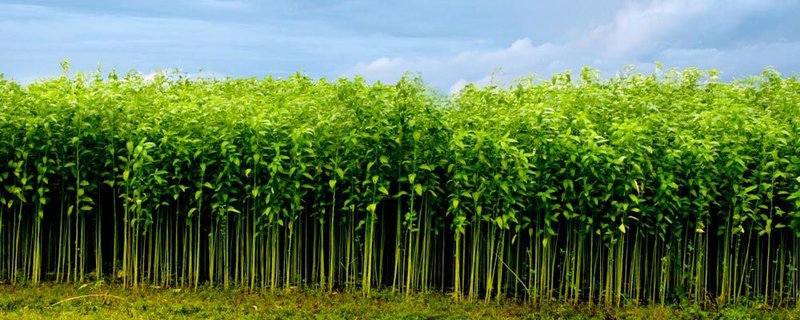A Leading manufacturer and exporter of Jute Bags

ABOUT JUTE:
Jute is an extremely environmental and sustainable material. Jute is a natural fiber with golden & silky shine, and hence nicknamed as The Golden Fibre. Also known as Hessian. Jute is the most cheap vegetable fiber procured from bast of the Jute plant and it falls into the category of bast fibers (other bast fibers are Flax, Hemp, Ramie, etc.) Jute is the second most important vegetable fiber after cotton.Jute has high tensile strength, and low extensibility. Jute is one of the most versatile natural fibers that has been used in raw materials for packaging, textiles, non-textile, and agricultural sectors. it is a rain- fed crop and cultivated without the need for any fertilizer or pesticides (therefore preserving the integrity of the land on which it is grown). Jute is a natural based plant fibre composed of cellulose and is 100% biodegradable and water resistant. Moreover, Jute reaches full maturity within 4-6 months, making it highly sustainable material requiring little tendering. The Jute fiber comes from the stem and ribbon (outer skin) of the plant. Once the crop has been harvested the fibres are separated from the woody central core by ‘retting’ – a process consisting of binding Jute stems together and immersing them in low, running water. The fibrous outer of the plant is then removed and allowed to dry. Once dry the Jute fibres are graded according to colour then processed and spun into yarn suitable for weaving. Jute has many excellent qualities and benefits.
WHY JUTE?
Jute is known as one of the most durable and the strongest natural fiber and below are some features because of which jute bags are highly popular:
Eco-friendly and Durable
Environment friendly
Looks Trendy, Stylish and Fashionable
High tensile strength and Lustrous quality
100 % biodegradable and recyclable
What is jute used for?
From making clothes, ropes and household products in the ancient times, jute sandbags were exported from Bengal to the trenches during World War I. Subsequently, it was used for fishing, arms and construction industry. In the modern times, this versatile fibre is used for making household items such as carpets, variety of Jute Bags, rugs, coverlets for chairs etc. The more diversified use of jute includes products such as espadrilles that lend an element of glam to this otherwise humble fibre.
Advantages of jute
- Strong
- Cheap & Cost-effective
- Durable
- Breathable
- Eco-friendly
- Versatile
- Anti-static
Disadvantages of jute
- Prone to creasing
- Not drapey enough
- Colour can be affected if exposed to sunlight
- Loses strength if exposed to water